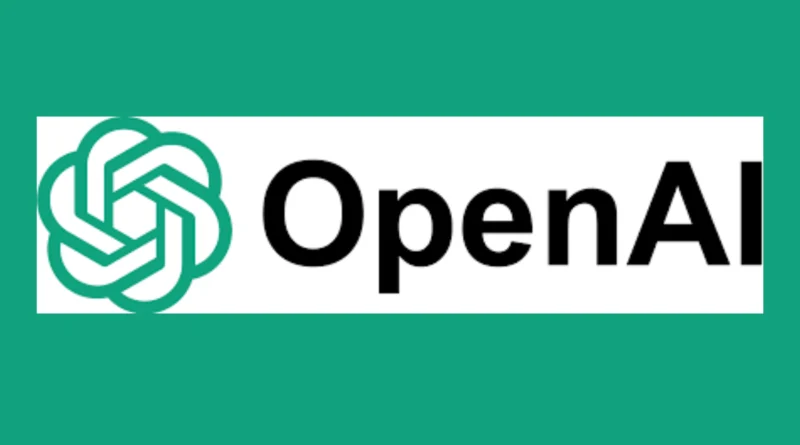What is Open AI’s Sora
What is Open AI’s Sora: Everything you need to know
OpenAI introduced Sora to the world, showcasing several astonishing AI-generated videos along with a comprehensive research paper. While Sora wasn’t the pioneer in artificial intelligence video models, it stood out for its remarkable consistency, duration, and photorealism.
What is Open AI’s Sora
Although the showcased videos were impressive, they were only shared by OpenAI staff on platforms like X and TikTok, some of which were created based on suggestions from fans. As of now, there’s no set date for Sora’s public release, nor are the limitations on its output defined before integration into tools like ChatGPT.
Understanding Sora: What is Open AI’s Sora
Sora operates as a generative video model, akin to Runway’s Gen-2, Pike Labs Pika 1.0, and Stable Video Diffusion from StabilityAI. It transforms text, images, or videos into AI-generated video content, deriving its name from the Japanese word for “sky,” symbolizing its boundless creative potential. Notably, Sora can produce clips of up to one minute in length, featuring consistent characters and motion.
The technology behind Sora stems from the models developed for DALL-E 3, OpenAI’s generative image platform, enhanced with additional features for precise control. Sora employs a diffusion transformer model, combining image generation principles from Stable Diffusion with token-based generators powering ChatGPT. Videos are crafted in a latent space, “denoised,” structured in 3D patches, and processed through a video decompressor for standard human viewing.
OpenAI trained Sora on publicly available, public domain, and licensed videos, though the exact number remains undisclosed, speculated to be in the millions. Utilizing a video-to-text engine, Sora refines its capabilities with real-world content, possibly including synthetic video content generated using Unreal Engine 5, enriching its understanding of video physics.
Navigating Sora’s Nuances: Challenges and Safeguards
Like other large-scale AI models, Sora exhibits its quirks, often responding in unexpected ways or diverging from intended prompts. Notably, during post-training assessments, Sora demonstrated the ability to generate 3D graphics and varied video angles autonomously.
Throughout the training process, teams of red teamers and safety experts monitored and addressed potential misuse, including misinformation, hateful content, and bias, through adversarial testing. Metadata tags within generated videos denote AI creation, while text classifiers ensure compliance with usage policies.
OpenAI intends to enforce content restrictions akin to DALL-E 3, prohibiting the generation of images featuring real people, extreme violence, sexual content, hateful imagery, celebrity likeness, or copyrighted materials like logos and products.
READ MORE: YouTube PIP Feature to More Countries
Conclusion
OpenAI’s Sora stands as a significant advancement in AI-generated video content, promising innovative applications across various domains while prioritizing ethical considerations and content integrity. As Sora continues its journey towards public availability, its impact and potential alternatives will undoubtedly shape the future of AI-driven creativity.
